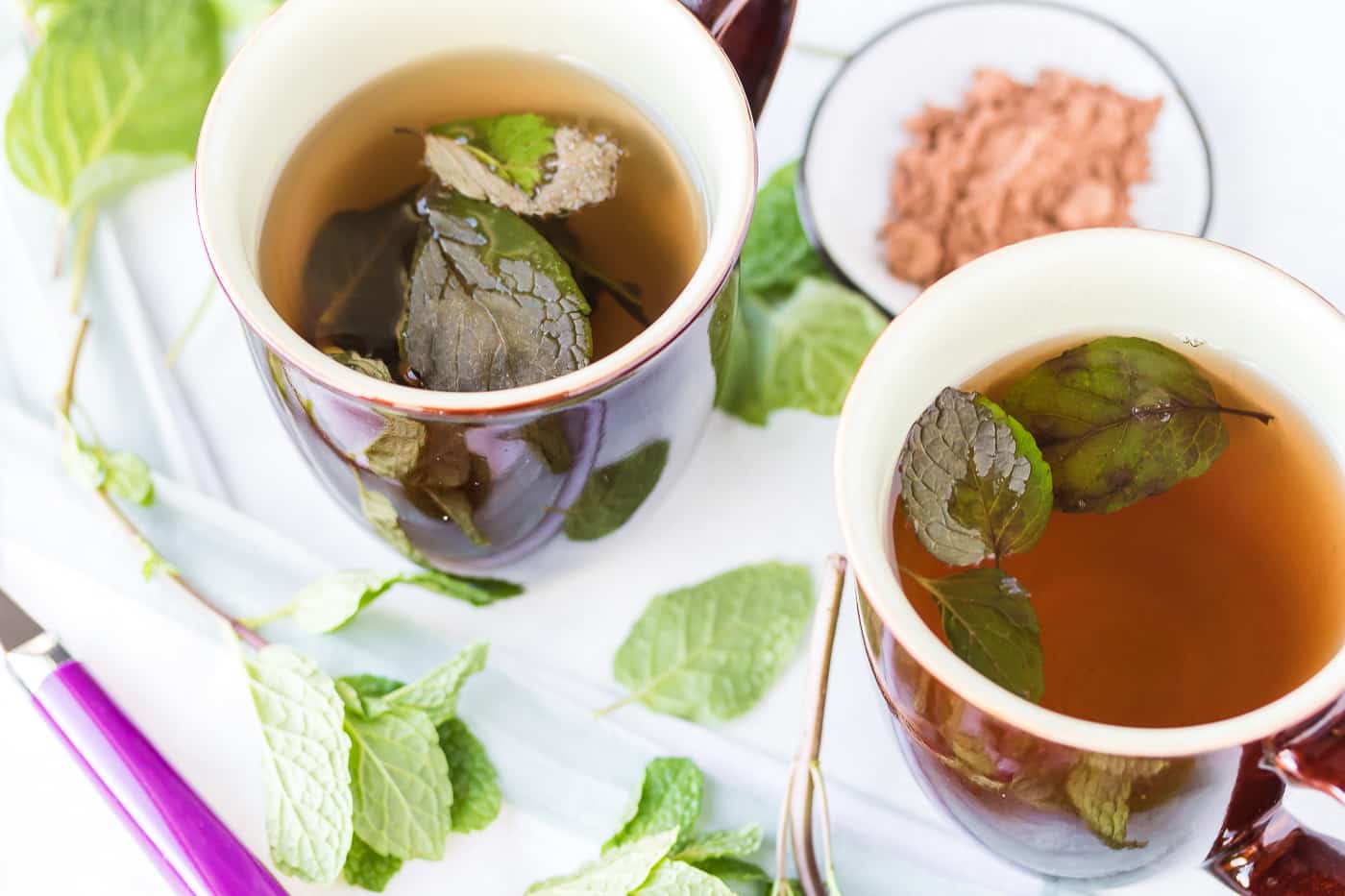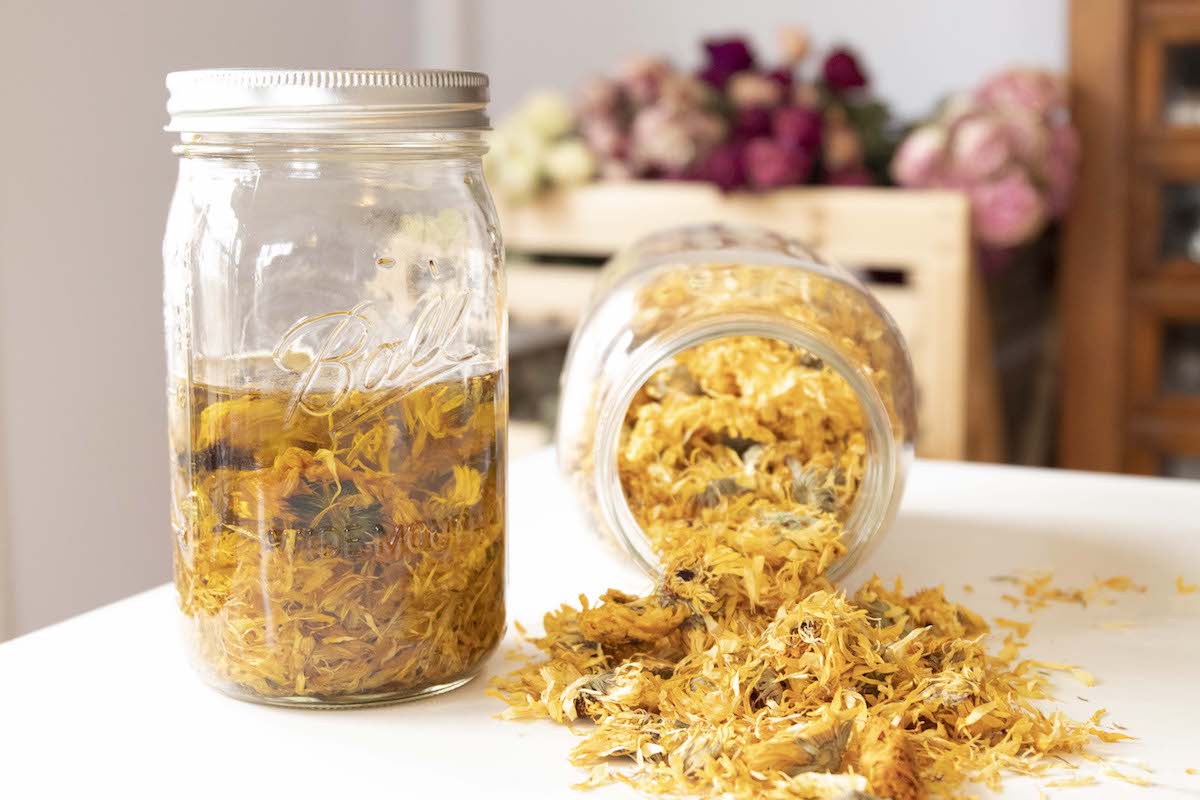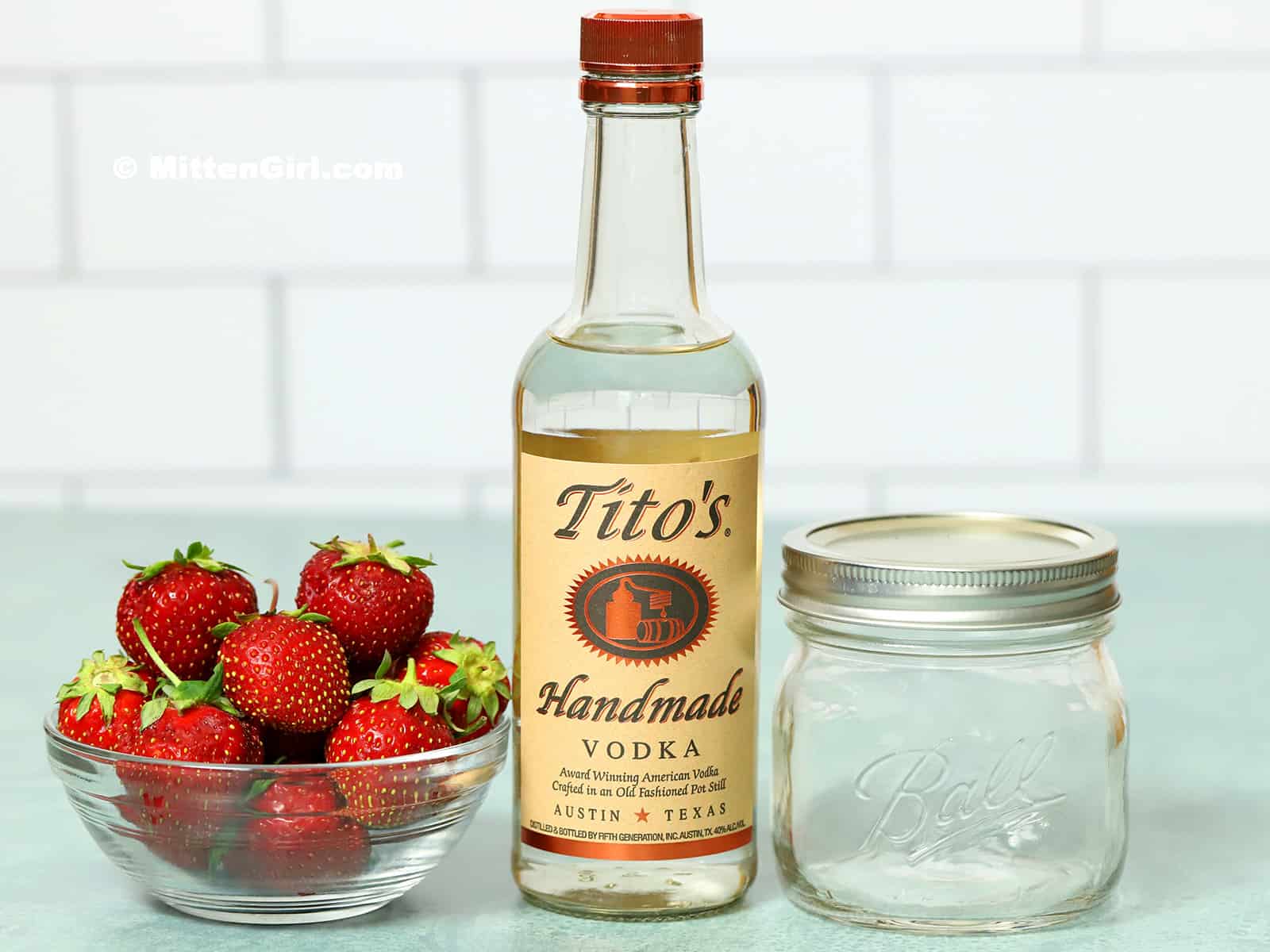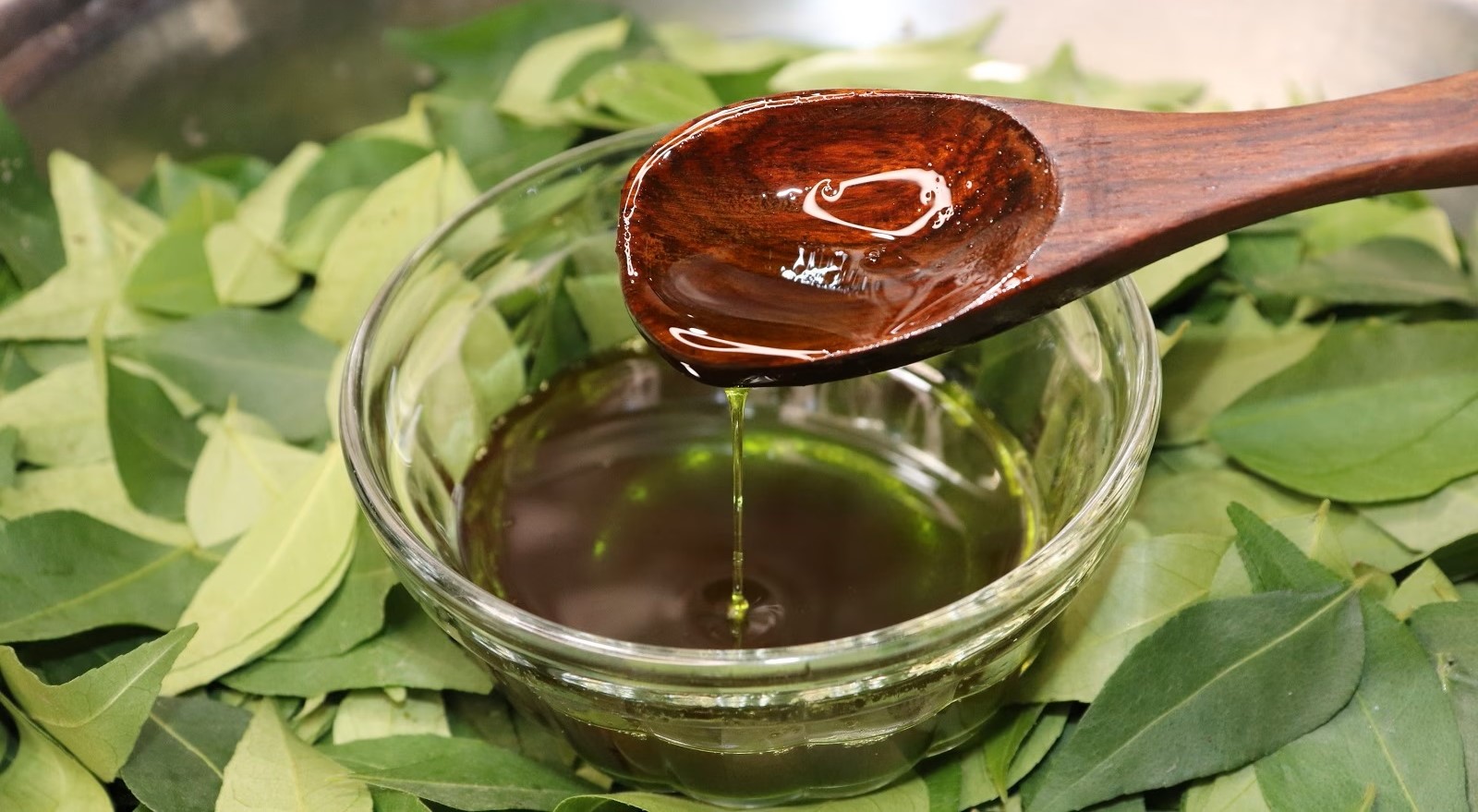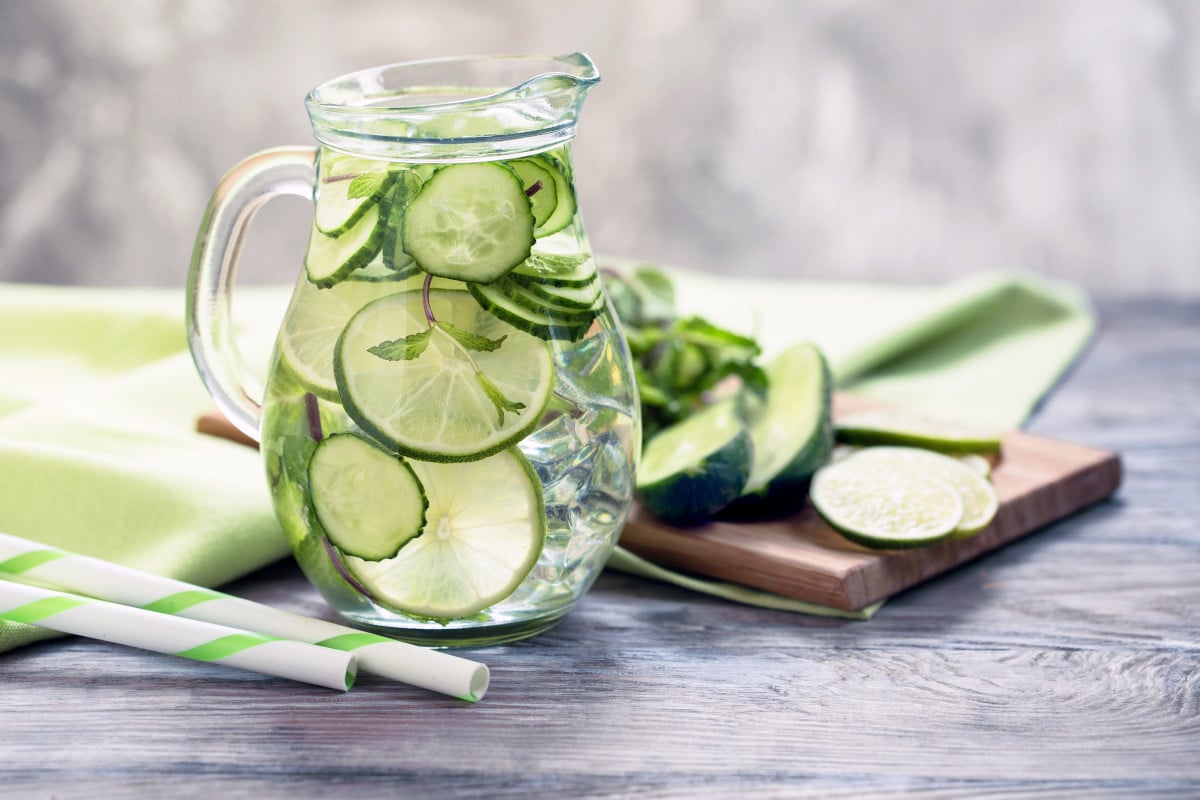Infusing Oils: A Flavorful and Versatile Kitchen Technique
Infusing oils is a simple yet effective way to add depth and complexity to your cooking. Whether you’re looking to elevate the flavor of a dish or create a unique homemade gift, infused oils are a versatile and delicious addition to any kitchen. In this guide, we’ll explore the basics of infusing oils and provide you with tips for creating your own custom blends.
What is Infused Oil?
Infused oil is created by steeping herbs, spices, or other flavoring agents in a neutral oil, such as olive, grapeseed, or sunflower oil. This process allows the oil to take on the flavors and aromas of the added ingredients, resulting in a fragrant and flavorful product that can be used in a variety of dishes.
Choosing the Right Oil and Ingredients
When it comes to infusing oils, it’s important to start with high-quality ingredients. Select a neutral oil with a mild flavor, as this will allow the infused flavors to shine through. Olive oil is a popular choice, but other options like grapeseed or sunflower oil can also work well. As for the flavoring agents, herbs like rosemary, thyme, and basil are classic choices, while spices such as garlic, chili flakes, and peppercorns can add a kick of heat and complexity.
The Infusion Process
Infusing oils is a relatively simple process that requires just a few key steps:
- Prepare your ingredients: Wash and dry fresh herbs or spices, and crush or chop them to release their flavors.
- Heat the oil: Gently warm the oil in a saucepan over low heat. Avoid overheating the oil, as this can cause it to become rancid.
- Add the flavoring agents: Once the oil is warm, add your chosen herbs or spices to the pan. Allow them to infuse the oil over low heat for 15-30 minutes, stirring occasionally.
- Strain the oil: After the infusion period, remove the pan from the heat and let the oil cool. Once it reaches room temperature, strain out the flavoring agents using a fine-mesh sieve or cheesecloth.
- Store the infused oil: Transfer the strained oil to a clean, airtight container and store it in a cool, dark place to preserve its flavor.
Using Infused Oils in Cooking
Once you’ve created your infused oil, the culinary possibilities are endless. Use it as a flavorful base for salad dressings, drizzle it over roasted vegetables, or use it to add a burst of flavor to grilled meats and seafood. Infused oils can also be used as a finishing touch for soups, pastas, and pizzas, adding a pop of flavor and aroma to the finished dish.
Tips for Success
To ensure the best results when infusing oils, keep the following tips in mind:
- Use fresh, high-quality ingredients for the best flavor.
- Be mindful of the infusion time and temperature to avoid overheating the oil.
- Store infused oils in airtight containers away from light and heat to maintain their freshness.
- Label your infused oils with the date of creation and the ingredients used to help track their shelf life and flavor profile.
Get Creative with Infused Oils
One of the best things about infusing oils is the opportunity to get creative with flavor combinations. Consider experimenting with different herbs, spices, and even citrus peels to create custom blends that suit your taste preferences. Whether you prefer a subtle hint of rosemary or a bold kick of chili and garlic, the possibilities for infused oils are limited only by your imagination.
Conclusion
Infusing oils is a simple yet rewarding technique that can enhance the flavor and aroma of your cooking. By selecting high-quality ingredients, following the infusion process, and getting creative with flavor combinations, you can create custom infused oils that add a unique touch to your culinary creations. So, why not give it a try and elevate your dishes with the delicious depth of infused oils?
Was this page helpful?
Read Next: How To Infuse Store Bought Gummies

